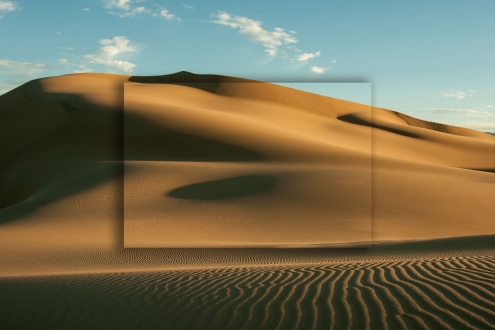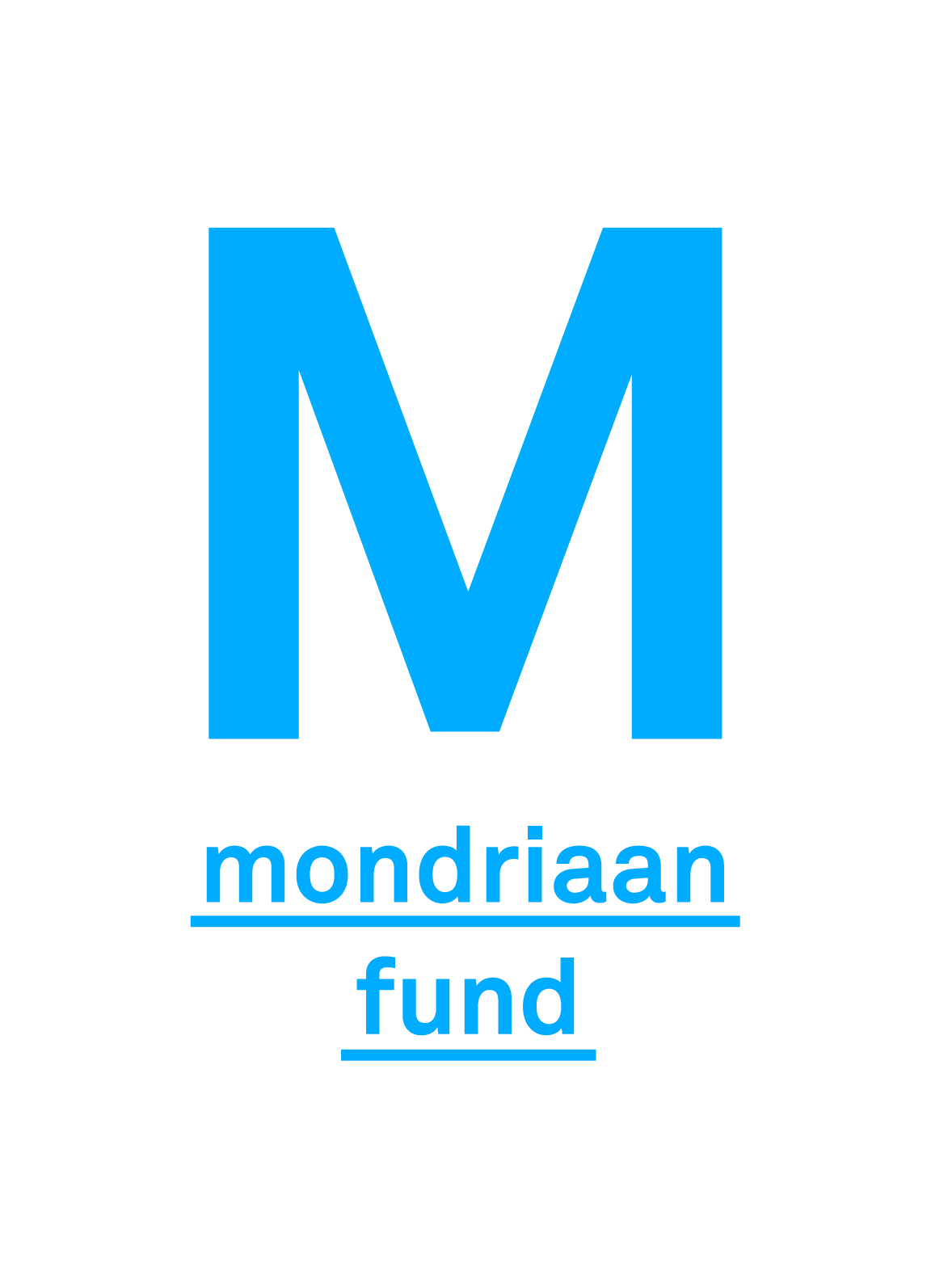Art Dubai 2017

Art Dubai 2017
Dubai, 15 Mar - 18 Mar '17
Upstream Gallery proudly presents a two-artist presentation with work by Jan Robert Leegte and Rafaël Rozendaal for inclusion in the SOLO section of Art Dubai 2017: a signaling exhibition in which the impact of digital culture on the visual arts is shown. The presentation shows the work of two artists that grew up with computers and for whom working in a hybrid method between analog and digital comes naturally. From different angles and in a variety of media, they reflect on the impact of computers on our collective consciousness.
Jan Robert Leegte
Jan Robert Leegte (NL, 1973) is among the first Dutch artists who were involved in the 90s NetArt movement. Since 1997, he creates art in the form of websites, which he connects to art historical movements such as minimalism, land art and conceptualism. Leegte also translates the themes of his work to offline media such as print, sculpture and projections. A reoccurring theme in his work is the sculptural materiality of interfaces of computer programs. Like the early graphic design of cursors, selection boxes and menu bars that were to give the user the impression of actually physically pressing the buttons with graphic shadows. Leegte often uses these components and by placing them in a new context, giving them their own, sculptural legitimacy.
Mountains and Drop Shadow
Mountains are grand natural statements of sculptural expression. They are birthplaces of monumentality and romanticism. Their crumbs are the raw materials that provided us with a long tradition of sculpture. Then there is the ambiguous materiality of the digital, the man-made bits and bytes, flowing through systems, from which designed materials have emerged. Among them is the ‘drop shadow’, a material bereft of all our notions of materiality, it being nothing but the absence of light cast upon a surface due to an obstructing object. Being objectless, asides it being a digital simulacrum, places it in opposition to the mountain. The images of the mountains used for this series of works are anonymous wallpapers, backgrounds for computer desktops, found on the web.
It is in this desacralized digital condition that the drop shadow seems to overtake the mountain in sculptural authority. The individual works exist as unique prints based on the size of the web image, face mounted on acrylic, mounted on dibond. The works are executed in three sizes, analogous to the optional downloadable file sizes of the original wallpapers. The series is based on the Internet work Mountains and Drop Shadows (2013), available through www.mountainsanddropshadows.com.
Image: Desert and Drop Shadow, 2017. 100 x 150 cm, Archival inject on dibond front mounted on acrylic.
Rafaël Rozendaal
In this last decade, Rafaël Rozendaal (NL, 1980) has made name with his artworks in the shape of websites through which he reaches an audience of over 60 million unique visitors a year. Since a couple of years he also produces physical works – in which the Internet is however never far away.
Lenticular paintings
An example of this can be found in his lenticular paintings, analogue works strongly reminiscent of digital screens. These physical objects have the same characteristics as his websites: there is movement, interaction with the viewer and the number of compositions is endless.
Abstract Browsing tapestries
In 2014, Rozendaal developed the plug-in Abstract Browsing. Its code alters information from websites: images, advertisements and text fields are transformed into brightly colored geometric elements. This way, the narrative of the Internet makes room for an abstract composition that reveals the underlying structure of websites. Rozendaal collects thousands of screenshots of Abstract Browsing generated compositions. A number of these are then selected by him to be produced as tapestry. Rozendaal: ‘I look for compositions that are the least picturesque. Painting is about a concentrated view, about beauty rather than utility. Websites are built exactly the opposite: developers are constantly looking for new structures that entice users to click somewhere, generating the highest advertisement revenue. Websites are created from necessity and efficiency, not beauty. I select compositions that are a bit awkward, unlike classic abstract painting that is about tranquility and contemplation.’
Image: Into Time 16 09 06, 2016. 120 x 90 cm, Lenticular print.
Made possible by:


